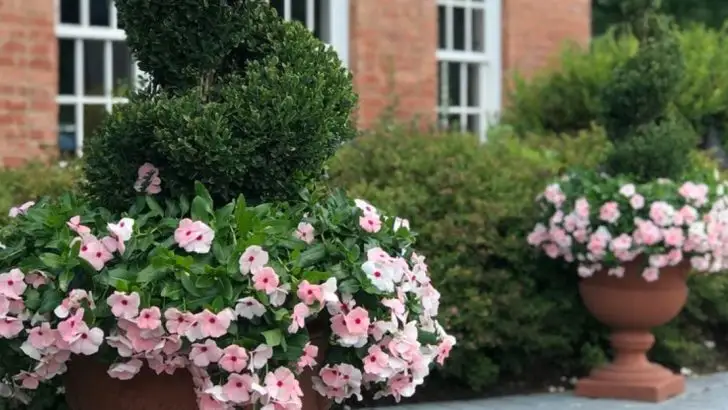What if color wasn’t the point? In a world obsessed with bold blooms and vibrant palettes, I decided to strip my garden down to shades of green, silver, and shadow. The result wasn’t dull—it was profoundly calm.
Without competing colors, textures took the lead. Light, movement, and form became more noticeable. The garden felt quieter, deeper, and more connected to the rhythm of the seasons. It invited pause, not performance.
In this article, I explore what happens when you remove color from the garden—and gain something more reflective, meditative, and intentional. The silent garden isn’t empty. It’s listening.
Monochrome Textures

Ever noticed how texture comes alive when color is removed? In a colorless garden, textures take center stage, offering a sensory experience unlike any other. The contrast between rough bark, velvety leaves, and smooth stones becomes more pronounced. Imagine running your fingers across a leaf, feeling its veins in a way you’d never noticed before. Without the distraction of color, the garden’s tactile elements invite you to explore with your hands and eyes alike. This sensory engagement offers a meditative experience, drawing you deeper into the garden’s quiet, monochrome world.
Shapes and Silhouettes
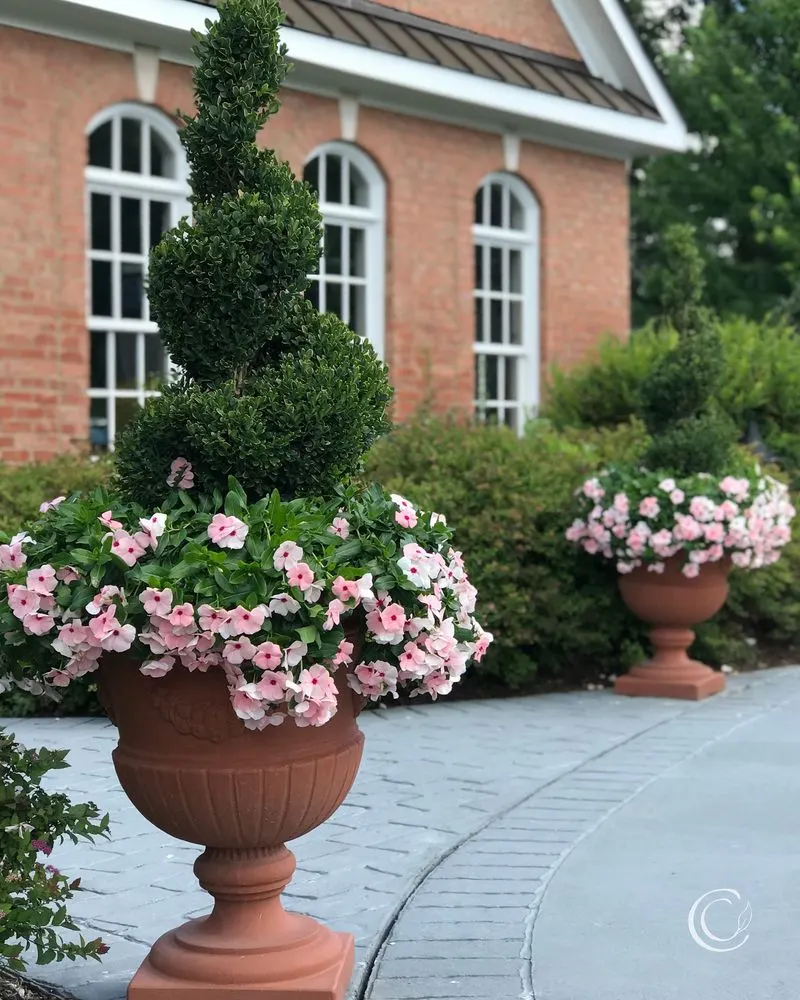
In a silent garden, shapes take on a new importance, almost like a living sculpture gallery. Plants are no longer just defined by their green or red leaves but by their unique forms. Think of the striking silhouette of a tall cypress against a soft grey sky. The interplay of light and shadow creates living art, as each plant’s form tells its own story. This focus on shape encourages us to appreciate the garden’s architectural elements in a serene and contemplative manner. It’s a visual symphony played in shades of grey.
Patterns of Light and Shadow
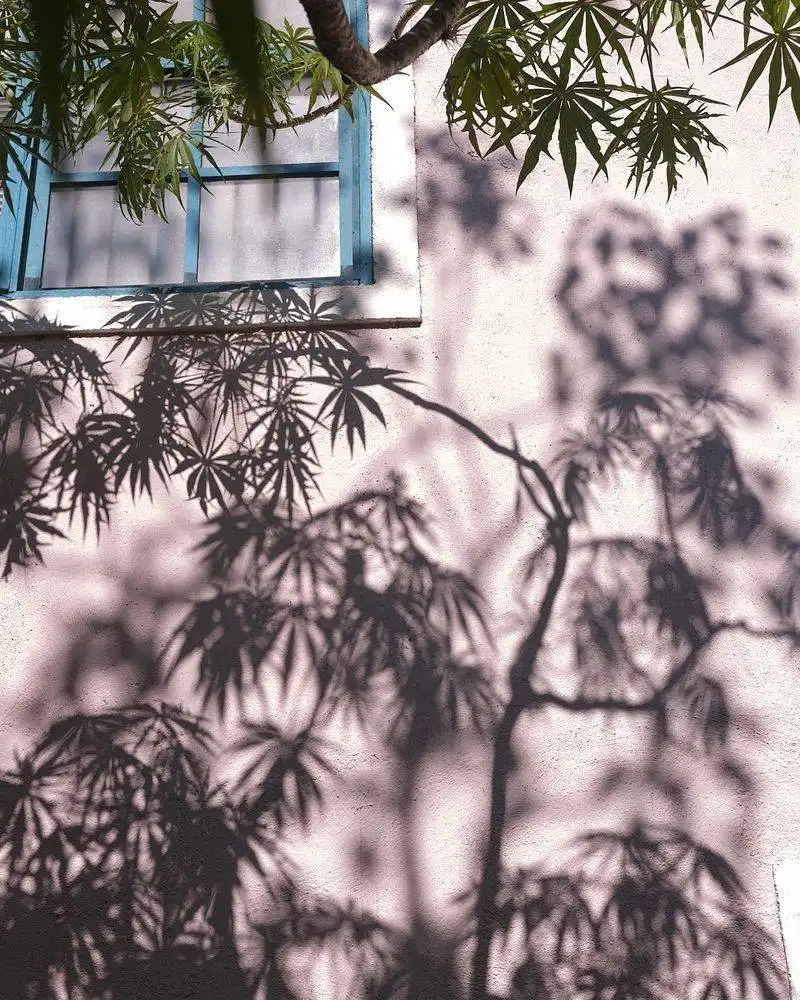
Light dances differently in a garden devoid of color. The absence of hues allows shadows to create dramatic effects, offering a new perspective on familiar spaces. Dappled sunlight filtering through leaves forms patterns that shift and change with the time of day. Watching these shadows move is like observing a slow, graceful dance performed by nature itself. This interplay between light and shadow enhances the garden’s tranquil ambiance, inviting visitors to pause and reflect on the beauty of simplicity.
The Soundscape
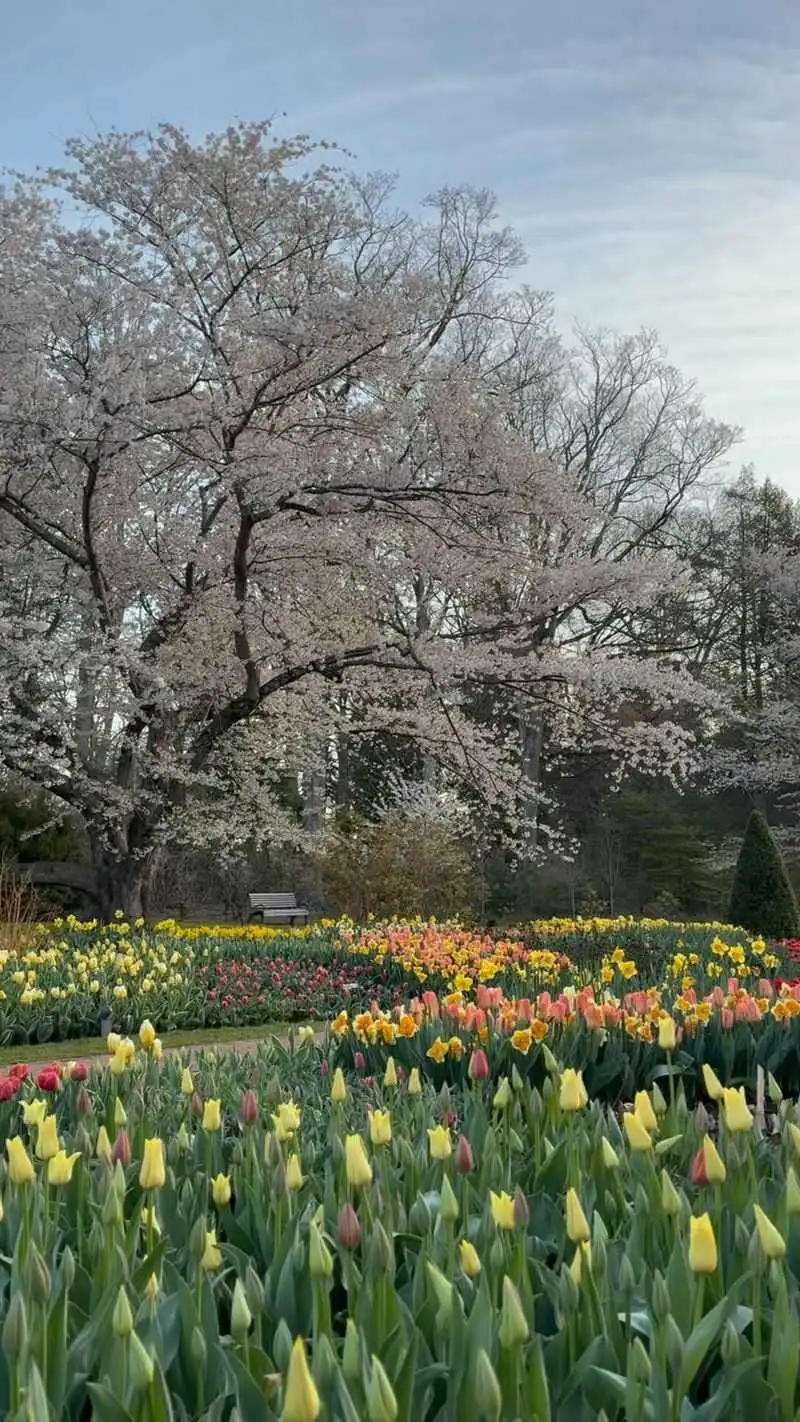
Without the distraction of color, other senses heighten, making the garden’s soundscape more pronounced. The rustling of leaves, the gentle buzz of insects, and the distant chirping of birds form a natural symphony. This auditory experience becomes even more vivid, highlighting how sound complements the visual serenity of a colorless garden. Such a garden teaches us to listen, as much as to see, creating a holistic experience where every sound is part of the garden’s ongoing story.
Emotional Resonance
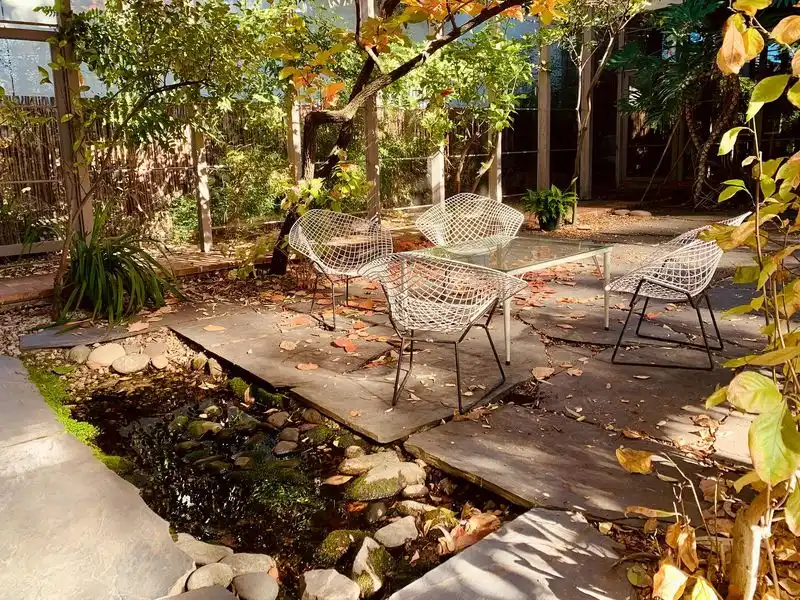
Stepping into a greyscale garden can evoke a wide range of emotions, from nostalgia to tranquility. Without the distraction of vibrant colors, visitors often find a space that mirrors their internal world. This neutrality allows personal emotions to surface, making each visit a unique experience. A silent garden can be a place of refuge, offering peace and introspection in its simplicity. Here, the absence of color becomes a canvas for the mind’s own palette, allowing personal reflection to paint its own picture.
Historical Echoes

Monochrome gardens often echo the past, reminiscent of historical landscapes captured in early photography. This timeless quality draws us into a world where gardens were places of contemplation and leisure. Imagine strolling through pathways once trodden by poets and philosophers, where every element tells a story of its own. The nostalgic feel of a colorless garden offers a connection to history, reminding us of a time when simplicity held a different kind of beauty, rich in stories yet to be uncovered.
The Zen Factor

Inspired by Zen philosophy, a colorless garden emphasizes simplicity and mindfulness. The arrangement of stones, raked sand, and minimalistic plantings create a space designed for meditation and reflection. This serene environment encourages a mindful approach to nature, where every element serves a purpose. The lack of color amplifies this experience, allowing visitors to focus on form, balance, and tranquility. This minimalist approach to gardening invites introspection, offering a peaceful retreat from the chaos of everyday life.

